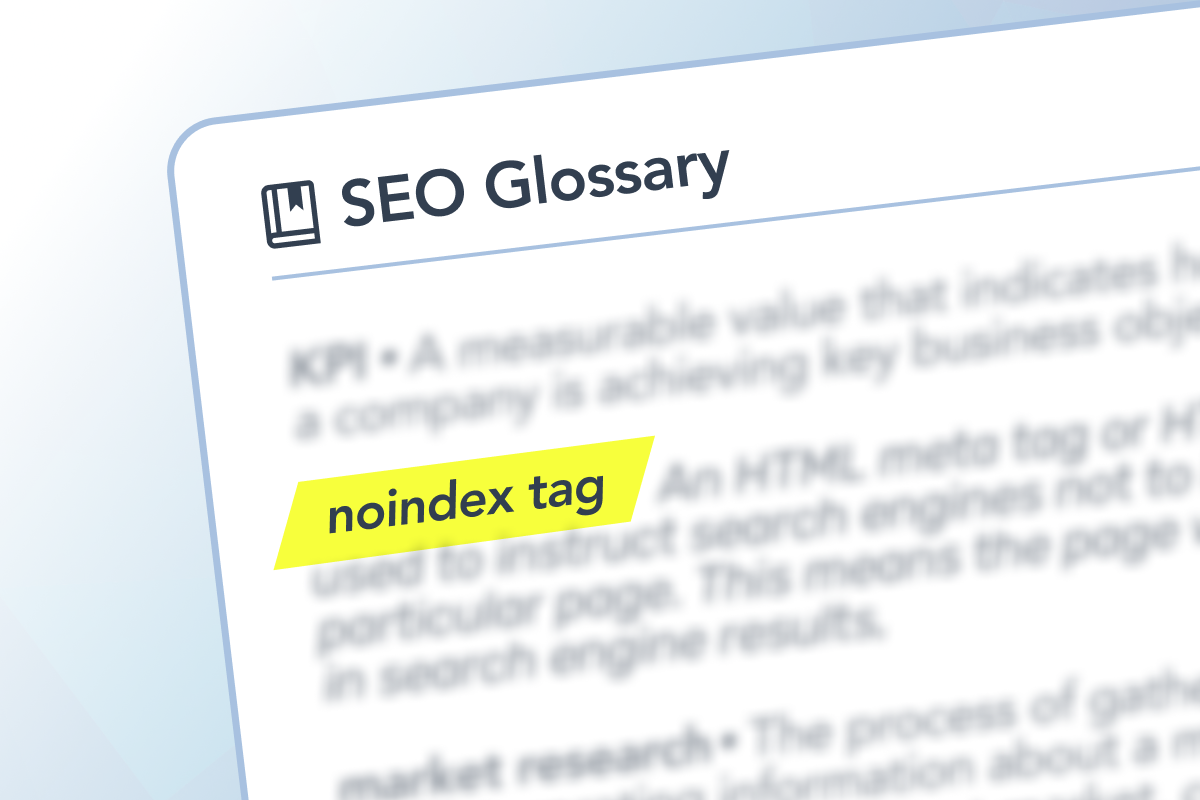Imagine you have certain pages on your website that you don’t want to appear in search engine results. These could be thank you pages, login pages, or duplicate content pages. This is where the noindex tag comes into play. The noindex tag is a powerful tool in SEO for managing which pages search engines should not index.
What is a noindex tag?
A noindex tag is an HTML meta tag or HTTP header used to instruct search engines not to index a particular page. This means the page will not appear in search engine results, ensuring that only the most relevant and useful content is visible to users.
Why is the noindex tag important for SEO?
Using the noindex tag strategically can significantly benefit your SEO efforts. Here’s why it matters:
- Control over content: The noindex tag allows you to manage which pages are indexed, ensuring that only valuable content is presented to search engines.
- Avoid duplicate content issues: By marking pages with duplicate or similar content as noindex, you can prevent search engines from penalizing your site for duplicate content.
- Improve crawl efficiency: Search engines have limited resources for crawling your site. Using noindex helps ensure that these resources are used to index only the most important pages.
How to use noindex tags
- In HTML: Add <meta name=”robots” content=”noindex”> to the head section of the page you want to exclude from indexing.
- In HTTP headers: Use X-Robots-Tag: noindex in the HTTP response header for more control, especially for non-HTML files.
- In Robots.txt: Although less common, you can use the robots.txt file to apply the noindex directive to specific pages or sections.
Why is the noindex tag important for users?
Implementing noindex tags improves user experience by ensuring they find the most relevant and valuable content. Here’s why it’s beneficial:
- Relevance: Users are more likely to find high-quality content without being cluttered by irrelevant or less useful pages.
- Navigation: Streamlining search results improves site navigation and helps users find what they need quickly.
Maintaining effective noindex tag implementation
Ensure the effective use of noindex tags by following these best practices:
- Regular audits: Periodically review your site to ensure noindex tags are applied correctly.
- Monitor changes: Keep track of changes in your content strategy to update noindex tags as needed.
- Stay updated: Keep abreast of SEO best practices and guidelines to maintain optimal noindex tag usage.
By thoughtfully implementing noindex tags, you can enhance your site’s SEO performance and user experience, ensuring that search engines index only the most valuable content on your site.


